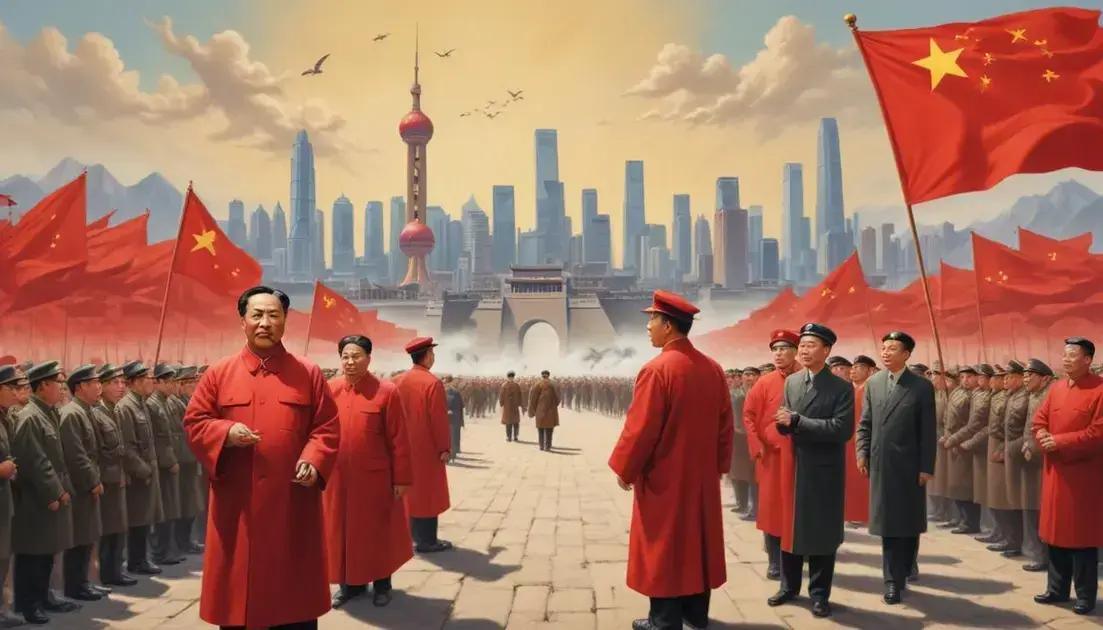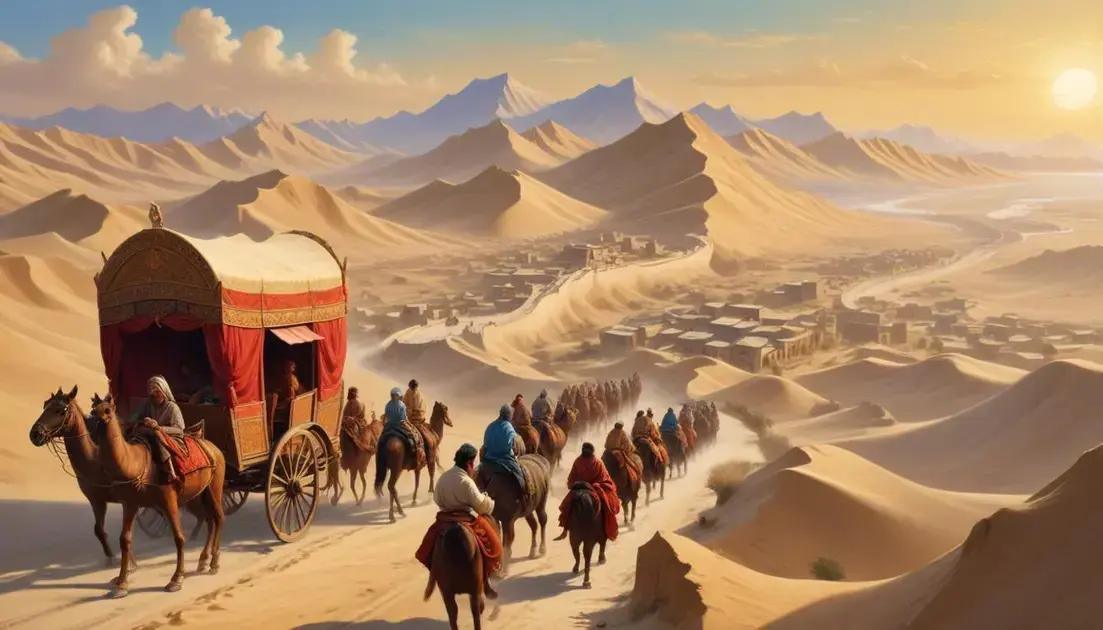
Nanking Massacre: Horror in the Sino-Japanese War
The Nanking Massacre, a tragic event during the Second Sino-Japanese War, lasted from December 1937 to January 1938, leading to widespread atrocities against civilians in Nanking. Japanese troops committed horrific acts, resulting in the deaths of an estimated 300,000 people. International reactions varied, with limited immediate action from Western countries despite global condemnation. The legacy of the massacre continues to influence discussions about human rights and the need for remembrance and education to prevent future atrocities.
The Nanking Massacre stands as one of the darkest chapters in modern history, evoking questions about humanity and the horrors of war. Have you ever pondered the real cost of conflict?
Introduction to the Nanking Massacre
The Nanking Massacre took place in 1937 during the Second Sino-Japanese War. It was a time of great tragedy for the people of Nanking, now known as Nanjing. For six weeks, Japanese soldiers committed horrific acts against civilians. These acts included killings, assaults, and widespread destruction.
Historical Background
Nanking was the capital of China at that time. The invasion led to chaos and fear. Many people fled the city, while others remained to face the violence. The Japanese military aimed to take control quickly, but their methods were brutal.
The Atrocities
Bodies filled the streets, and many innocent lives were lost. Survivors recounted their stories, sharing how they had to hide or escape to survive. The violence shocked the world and raised questions about human rights and morality.
The Impact
The events of the Nanking Massacre are remembered as one of the darkest periods in history. It serves as a reminder of the cost of war and the importance of peace. Today, memorials exist in Nanjing to honor the victims and educate future generations.
Historical context of the Sino-Japanese War
The Sino-Japanese War started in 1937 and lasted until 1945. It was a conflict between China and Japan. Several issues led to this war, including Japan’s desire for more territory.
Japan aimed to expand its influence in Asia. They viewed China as a potential area to control. This caused rising tensions between the two nations. Many Chinese felt threatened by Japan’s aggressive actions.
Background of the Conflict
Before the war, Japan had already invaded Manchuria in 1931. This marked the beginning of Japanese aggression in China. Many Chinese citizens argued that Japan was violating their rights.
The Outbreak of War
The war officially began after the Marco Polo Bridge Incident in July 1937. It was a small clash between Chinese and Japanese troops. This quickly escalated into a full-scale war.
Global Reactions
The conflict drew attention from various countries. Many Western nations were shocked by Japan’s brutality. As the war progressed, countries like the United States started to provide support to China.
Understanding this historical context is crucial to grasp the events of the Nanking Massacre. This war set the stage for the tragedies that followed, highlighting the deep-rooted issues in East Asia.
Details of the atrocities committed
During the Nanking Massacre, many horrifying acts were committed by Japanese soldiers. This event shocked the world and highlighted the brutal realities of war.
For about six weeks, starting in December 1937, countless civilians experienced unspeakable violence. Reports state that thousands of people were killed. The soldiers used guns and bayonets against unarmed men, women, and children.
Types of Atrocities
Victims faced various types of violence. Many were tortured, and some were sexually assaulted. These acts were designed to spread fear among the population.
Destruction of Property
In addition to violence, homes and businesses were set on fire. Many civilians lost everything they owned. Schools, hospitals, and other places meant for safety became targets.
The Human Cost
The exact number of victims remains uncertain. Estimates of those killed range from tens of thousands to over 300,000. Families were torn apart, and communal trauma lasted for generations.
These atrocities remind us of the dark side of human behavior during conflicts. The Nanking Massacre is remembered as a crucial moment in history that demands acknowledgment and remembrance.
International response and implications
The international response to the Nanking Massacre was mixed and often slow. Many countries were shocked by the reports of atrocities, but responses varied greatly.
Initially, some Western nations condemned the actions of the Japanese army. News reports detailed the horrors faced by civilians. These stories reached people around the world.
Diplomatic Fallout
Many countries, like the United States and Britain, were concerned about rising tensions in Asia. However, they were also focused on their own issues. This led to a lack of immediate action against Japan.
China’s Struggle for Support
China sought help from other nations. Chinese leaders appealed for assistance to stop the violence. Yet, many countries were hesitant. They feared provoking Japan further, especially as war was spreading globally.
Long-term Implications
The massacre had lasting effects on international relations. It increased awareness of human rights abuses during wartime. The events reinforced the need for international laws protecting civilians.
Many historians believe that the global response set the stage for future humanitarian efforts. The Nanking Massacre remains a chilling reminder of the consequences of inaction during crises.
Legacy and remembrance
The legacy of the Nanking Massacre is deeply felt today. It serves as a reminder of the horrors of war and the need for peace.
Each year, memorials and events honor the victims. Survivors and their families share their stories. This helps keep the memory alive.
Educational Efforts
Schools and organizations work to educate people about the Nanking Massacre. Learning about this tragedy can prevent similar events in the future. Understanding history helps promote empathy and awareness.
Memorials and Commemorations
The Nanking Massacre Memorial Museum in Nanjing stands as a key site. It documents the atrocities and honors those who suffered. Visitors can explore exhibits that show the impact of the massacre.
Global Impact
Internationally, the Nanking Massacre has influenced discussions about human rights. It emphasizes the importance of protecting civilians during conflicts. Many groups advocate for justice and recognition of past atrocities.
Remembering the Nanking Massacre encourages people to stand against violence. It reminds us to work towards a more peaceful world for future generations.
Conclusion
In conclusion, the Nanking Massacre remains a powerful reminder of the impact of war and the importance of humanity. This tragic event shows us how quickly lives can change in the face of violence. Remembering those who suffered helps us learn valuable lessons about peace and compassion.
Through education and remembrance, we can honor the victims and ensure that these horrors are never repeated. It is our responsibility to stand against injustice and work towards a world that values human rights for everyone. By learning from history, we help create a brighter future for generations to come.


